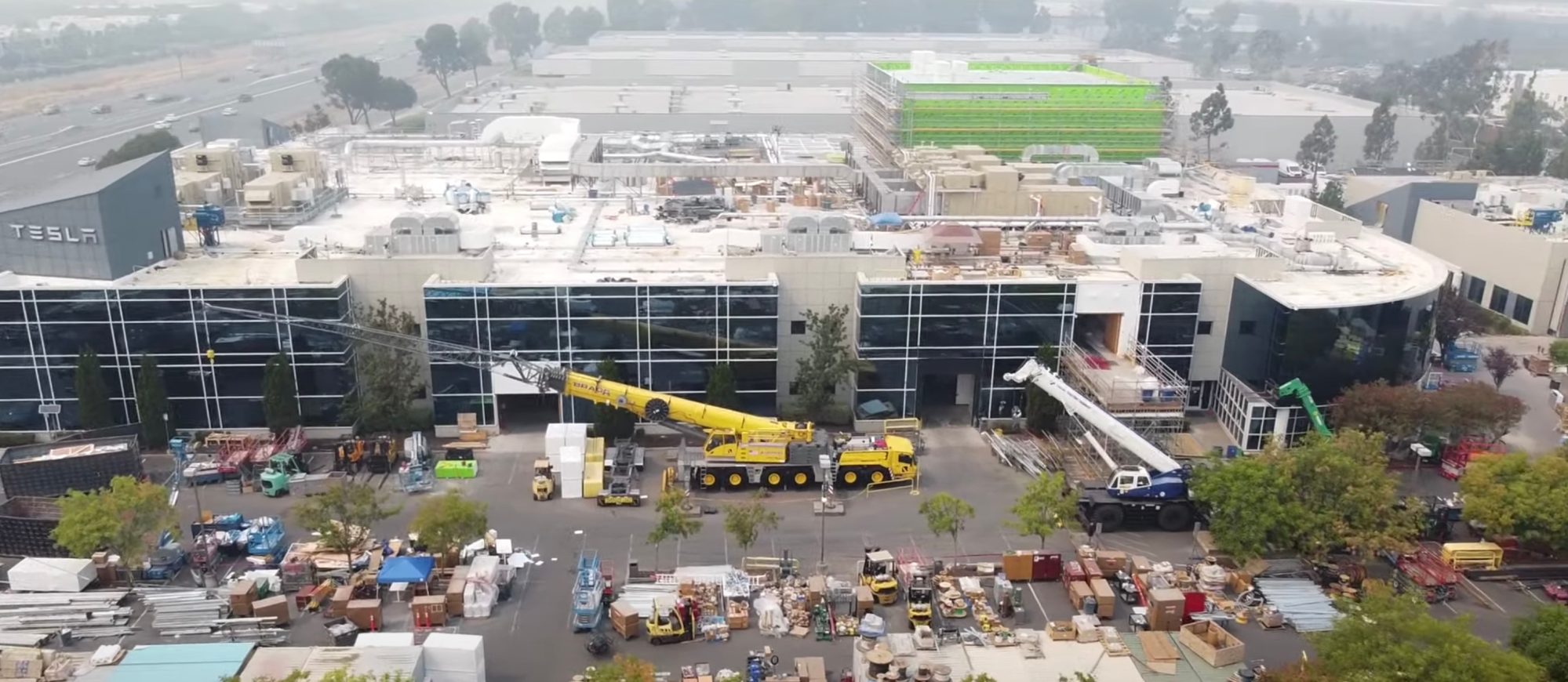It is widely known that Tesla has been working on developing its battery cells for some time. Although the company has dealt with Panasonic, LG Chem, and CATL, it also aims to become an independent battery manufacturer in the medium term, which will give it greater autonomy and competitiveness against its rivals.
Come September, the firm will reveal new data on this project, internally dubbed “Roadrunner,” during Tesla Battery Day, an event entirely dedicated to its progress in the battery sector. Elon Musk has confirmed that the attendees will be shown the cell production processes that the company is developing.
A few months ago, it was also confirmed that Tesla is building a battery Terafactory in Fremont, a plant from which the company’s development cells will come out (the batteries currently produced in Giga Nevada are of Panasonic origin, although Tesla and the Japanese manufacturer jointly operate the facilities).
Now, a video recorded by a drone has revealed to the world the progress that Tesla is making in the construction of its Fremont Terafactory: even though at the moment the factory only houses a pilot cell manufacturing line made with development machinery internal, it is known that the facilities will have a remarkable production volume from the beginning.
In July, Tesla began hiring staff for the factory’s production lines, which according to internal company documents, will operate 24 hours a day, seven days a week, employing four shifts of up to 100 workers. It is unknown when the mass production of these cells will begin or which model will be the first to receive them, although numerous rumors point to the Model S and Model X “Plaid.”
In the images collected by the drone, we can see that Tesla has built several new floors in the factory; however, the final size of the plant is still unknown. It is expected that during Tesla Battery Day, the company will provide more specific data regarding the factory, including an estimate of its annual production capacity.

